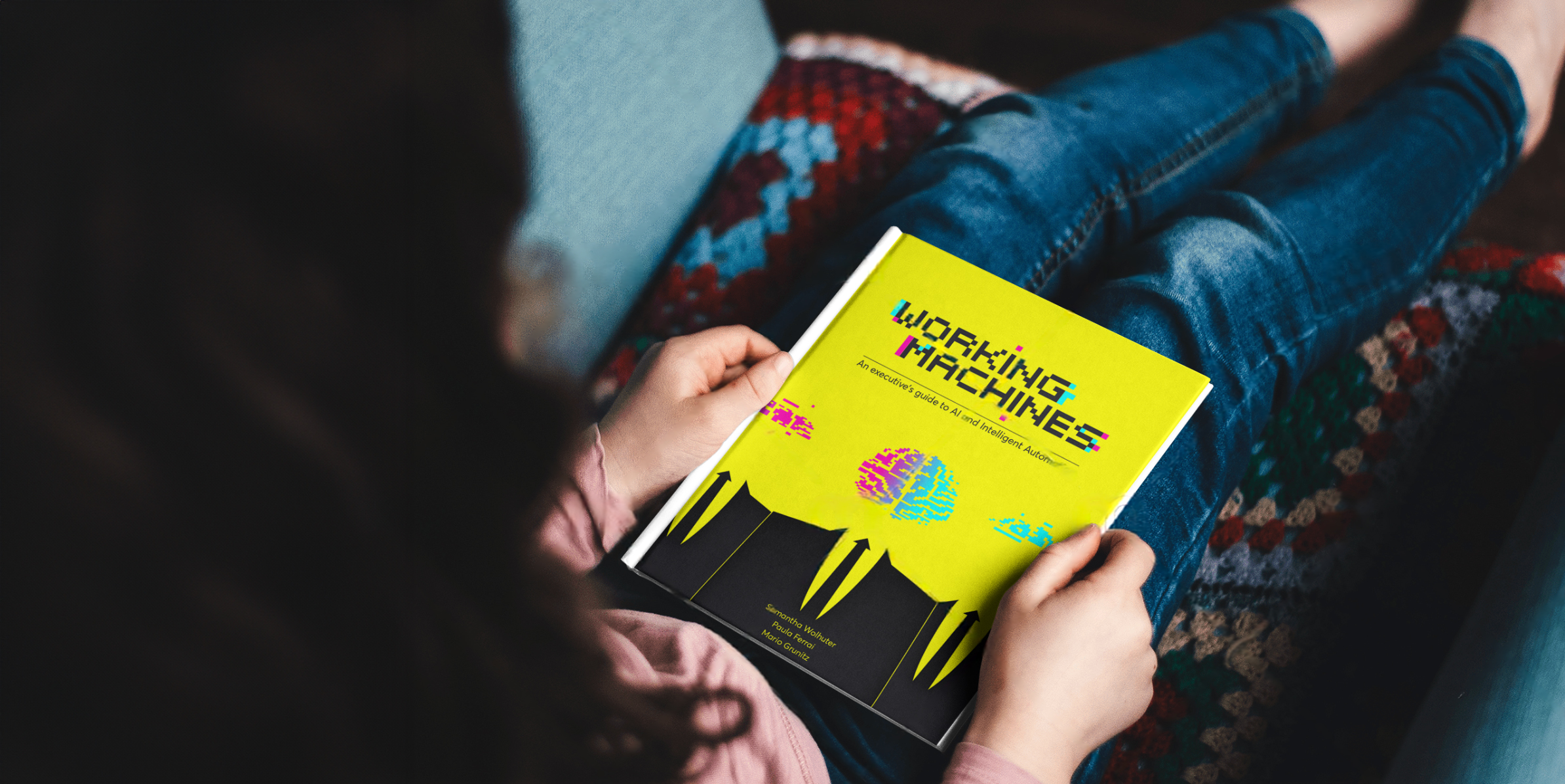
Photo Credit: https://www.papermag.com/sk-ii-ai-avatar-ambassador-2638918973.html
Artificial Intelligence Influencers (AII) have evolved from a novelty to a mainstream phenomenon, and are now poised to dominate the social media landscape. The global virtual influencer market reached $6.06 billion in 2024 and is projected to reach $45.88 billion by 2030, growing at a remarkable CAGR of 40.8%. This explosive growth reflects the transformative impact these digital personas are having across industries, from entertainment to e-commerce.
The evolution of digital influencers
The most compelling example of AII innovation continues to be Japanese cult skincare line SKII’s digital spokesperson, Yumi. A fully digital AI bot made to look exactly like a young woman, Yumi plays the role of a regular social media ‘influencer’. She posts images and skincare routine videos alongside her human counterparts and is a digital human, a seemingly living and breathing (in code) extension of the SK-II brand. This means Yumi is fully controlled by the SK-II brand and has no autonomy, meaning she can be programmed to do, say and sell anything the creators want. She doesn’t come with human challenges like sleep, moral inclinations, ageing, political viewpoints or even the need for a salary. She perfectly mimics the role of an ‘influencer’ and thus yields the same power over her audience. The most important part? Yumi is devoted to one brand, forever.
Yumi was created using Google’s natural language processing platform by New Zealand-based startup Soul Machines, who specialise in creating digital humans who look, sound and move like humans do. Instead of hiring a large team of subject matter experts to respond to users’ queries around the clock, Yumi can handle this task more efficiently and, of course, much cheaper. Yumi is therefore both a brand spokesperson (influencer) and customer service agent rolled into one programmable and automated piece of software.
Lil Miquela, Instagrammer and musician
Another artificial intelligence-powered faux influencer gaining widespread popularity is Lil Miquela, an Instagram model and musician created by L.A. ad agency Brud in 2016. What originally started out as an art concept piece, Lil Miquela’s following has grown rapidly due to a combination of intrigue and criticism from online audiences. Based on a real person, Lil Miquela looks like your quintessential young hip social media influencer. She even has her own YouTube account, and most famously appeared in an unnerving Calvin Klein fashion campaign with real-life fashion model and influencer Bella Hadid. In the campaign video, Lil Miquela and Hadid are shown side-by-side (perhaps to demonstrate how powerfully convincing the AI is). The two share a kiss, which is weird, but clearly plays to the gaming world’s fascination with imaginatively endowed characters lusting after lesbian desires. It’s all marketing, of course.
Lil Miquela differs from Yumi in that she uses her online influence to promote her own brand, as well as various other brands which she gets paid to promote. She therefore more closely resembles a human influencer in that she has autonomy over what she does and which brands she promotes. Yumi is solely for the use of SK-II, whereas Lil Miquela can work for the highest bidder which her behind-the-scenes creators are willing to work with. It becomes quite apparent as you dig deeper that the ambiguity around who is actually pulling the puppet strings is very deliberate.
The explosive growth of virtual influencers
By 2024, there are approximately 150 AI-generated influencers on Instagram, with the most popular, Lu do Magalu, commanding 6.9 million followers. The market has seen remarkable engagement rates, with AI influencers achieving an average engagement rate of 2.84%, compared to 1.72% for human influencers.
Recent studies reveal compelling adoption patterns. In a 2024 survey, 79% of respondents reported familiarity with virtual influencers, with 53% actively following at least one. Perhaps most striking is that 49% of people rate AI influencers as “very positive”, highlighting their growing acceptance in the marketing world.
The ethical landscape
So where do human followers stand in terms of ethically following the paid promotions of a faux influencer? Well, it’s not such a radical departure from following a human influencer because the process is effectively the same and it produces the same end result: marketing. People don’t need to have a moral dilemma when following a faux influencer because there are humans behind the bot, controlling the content. Lil Miquela is a proxy influencer controlled by her human creators. She is still influencing her followers like a human influencer does; it’s just that Lil Miquela’s digital persona is the middle-man. You can look at it as an image portrayed by an artist or musician; the content is generated by a human, but the audience-facing persona is artificially generated (think music group Gorillaz). When faux influencers evolve to self-controlled sentient beings which operate on their own terms without human intervention, then perhaps our moral dilemma can be justified. Until then, people are still following people; only the persona is digital, not the content generators behind it.
However, 43.8% of marketing professionals express concerns about AI influencers, particularly regarding transparency and impact on consumer trust. This suggests that whilst adoption is growing, the industry must continue to address ethical considerations.
The future of AI influencers
As AI’s influence has been globally welcomed by businesses to assist in a multitude of ways resulting in efficiency, accuracy and predictive capabilities, the most discerning part is that it is affordable. Brand bots such as Yumi and self-contained, autonomous ones like Lil Miquela can operate and perform tasks at a fraction of the cost as their human counterparts. When you consider the control brands have over what their faux influencers do and say, it really becomes compelling. And that doesn’t even take into account the most appealing aspect of brands harnessing the power of virtual influencers: the fact that they operate around the clock.
With projections showing the market will reach $111.78 billion by 2033, growing at a CAGR of 38.4%, it seems the AI influencer is here to stay. As technology continues to improve, these virtual personas will become even more lifelike and relatable, offering brands an innovative way to connect with their audiences on a global scale. The question is not whether AI influencers will dominate, but rather how brands and audiences will navigate this new digital landscape together.d predictive capabilities, the most discerning part is that it is affordable. Brand bots such as Yumi and self-contained, autonomous ones like Lil Miquela, can operate and perform tasks at a fraction of the cost as their human counterparts. When you consider the control brands have over what their faux influencers do and say, it really becomes a no-brainer. And that doesn’t even take into account the best part of brands harnessing the power of android influencers… the fact that they operate 24/7. It seems the AI influencer is here to stay — forever.
